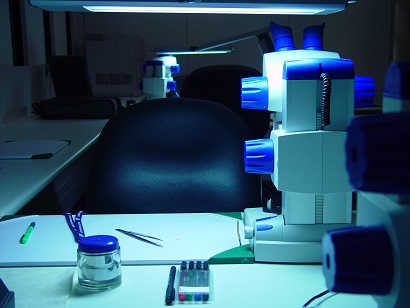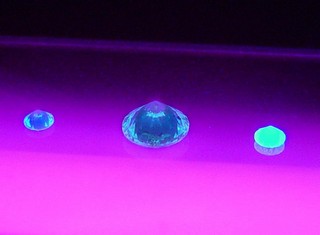
Australia’s International listed and recognised diamond grading laboratory DCLA, has opened a second office under the directorship of Mr Matthew Zamel.
The new office Address 319/38 Gawler Place Adelaide SA 5000. This is the second Laboratory to be opened after 17 years as Australia’s trusted name in diamond analysis certification.
DCLA employs the most qualified, knowledgeable people using the most technologically advanced gemmological equipment and references available worldwide.
DCLA remains the only laboratory who can guarantee all diamonds ever graded are untreated and natural mined origin.
DCLA founded in 2001 is an Australian based company and proudly the only Diamond grading laboratory recognised by international bodies from its founding.
About US
The DCLA is an Australian owned company.
The DCLA shareholders and directors have a heritage of over 3 generations in the industry.
The DCLA directors come from a long line of professional diamond cutters and markers.
Our involvement in the diamond trade has been from Diamond mining and in Africa, to our Cutting works in South Africa and most recently the formation in 2001 of the DCLA laboratory in Australia.

There is common misconception that a diamond exhibiting fluorescence under ultra violet light has some kind of colour defect or transparency issue.
This NOT true at all. The naturally occurring fluorescence phenomenon is a unique completely hidden feature, which is present to some level in approximately 30% of all diamonds.
The effect is seen in Diamonds which have Carbon bonds which include boron.
Boron causes the diamond to glow when held under a powerful ultra violet light also known as blacklight.
The amount of boron in the Carbon bond making up the diamond will determine the level of fluorescence. Fluorescence is rated by the Laboratory as Very Strong, Strong, Medium, Faint, None. This relates to the strength of the fluorescent glow under ultra violet light.
Laboratories use fluorescence as a means of identifying the diamond along with many other characteristics found in natural diamonds.
May Jewellers and consumers have been led to believe that fluorescence in diamonds will negatively affect the colour or transparency.
Again this is NOT true. Fluorescence has a tendency to make the middle to lower colour diamonds in the colour chart look whiter than the same colour would with no fluorescence. More obvious when viewing the diamond from the table view or top.
Therefore fluorescence has very little, to no negative effect on the diamonds colour or transparency. Diamonds are more likely affected by heavy graining or microscopic clouds.
This is good for the buyer as misinformation has caused consumers to be wary of a UV responsive or fluorescence diamond. This has caused diamond dealers and jewellers to discount these diamonds based on the level of fluorescence in the diamond the same colour and clarity.
Conclusion: save some money and take advantage of the lack of knowledge in the market.

